Bit of an odd title?
Yeh maybe, but *exhales deeply* ‘we really do need to talk tribal’.
This is one of those posts that I wasn’t sure I should write. But it’s been rolling around my head for a long time – it goes away, but at the start of each new season unveiling it comes back strong.
I’m talking about the generalisation that’s going on with some brands and designers, when it comes to naming and/or describing parts of their collections or a range of products.
But what’s the problem with the word ‘tribal’?
If you’re an interior design fan, then you’ll have seen the headlines, captions and product descriptions.
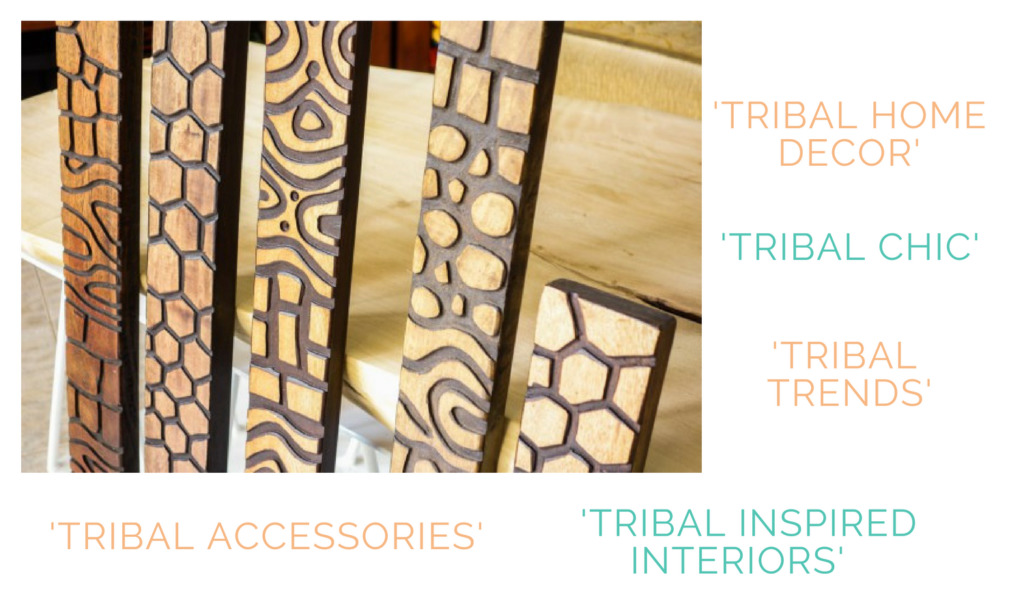
After reading such lines, my first question is always… WHICH TRIBE?! Maybe there’s some confusion about what the word actually means?
tribal
adjective
1. of or characteristic of a tribe or tribes.
“tribal people in Malaysia”noun
1. members of tribal communities, especially in South Asia.
Please don’t misunderstand me, I have no issue with the word itself, my family are Ghanaian, we are from an actual tribe, a fact I’m very proud of. What bothers me, is that this one word is used to describe the widest range of, well – everything!
For an industry that can find 273 different ways to describe white and yellow paint, I think it’s pretty poor.
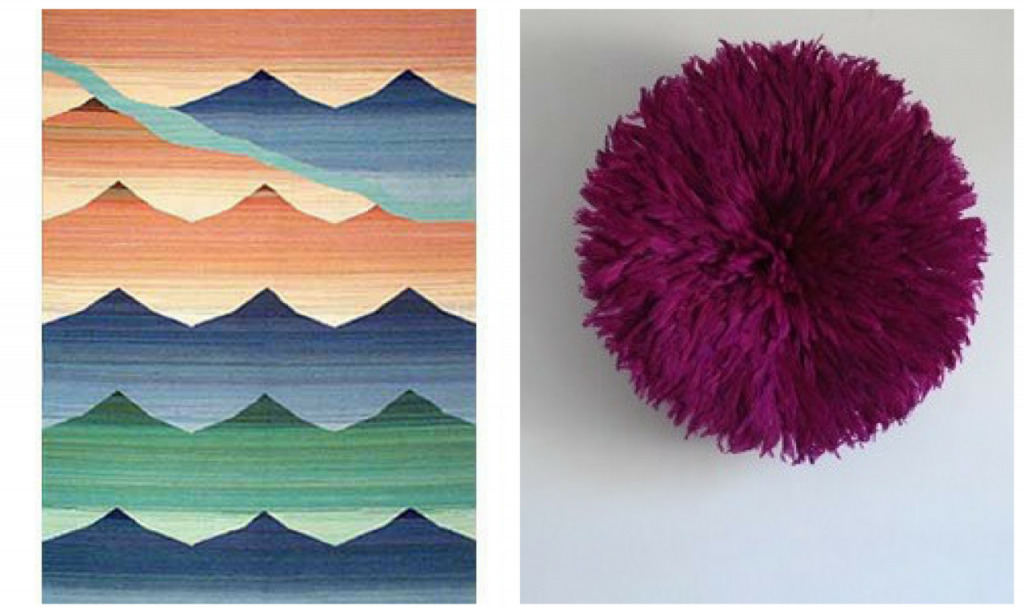
Peruvian hand loomed wool area rug from Novica | Cameroonian juju hat from Design My World.
Product designers, developers, industry folk – lend me your ears. Let’s say you visit a country and are moved by it, the sights or adornments of its people, and create a beautiful homewares range. When you’re naming the range, can you cleverly acknowledge the ‘actual’ place that was your muse?
If a whole collection was inspired by a specific part of the world – let us know where! Not only would it add to my appreciation of the product, most importantly it would give that region, place and people their due credit.
These ‘tribal accessories/ decor’ etc, usually refer to items that are meant to be from, or inspired by Africa, Asia or South America (broadly speaking). That’s three continents made up of 121 countries (thank you Google).
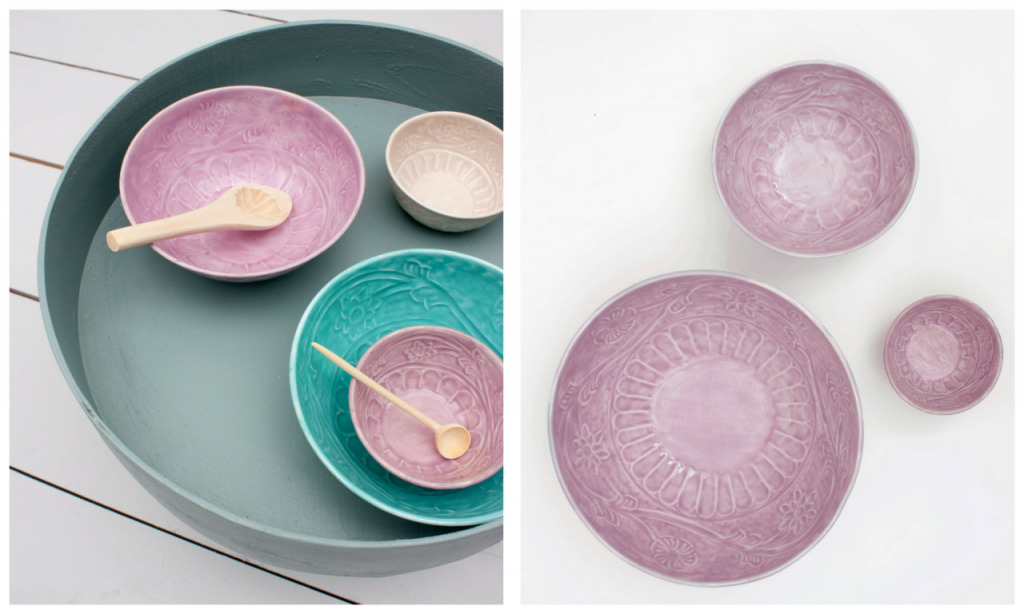
Handmade Indian enamel bowls from bohemia.
Individual tribes have long and rich histories, cultures and traditions that are true to them. Throwing them into one loose category belittles this and detracts from what is special about each.
This ‘irksome’ practice extends to using the word ethnic too. I recently saw something online described as – ethnic Indian, Moroccan home decor…. *slow blink*. This makes no sense. Admittedly there are similarities, BUT they are two distinct and very established cultures lumped together in one ‘catch em all’ category. Whyyyyy?
This is something that also bothers friends of mine in the fashion industry, but that’s a whole different conversation.
Does it require less effort, do people genuinely not know there’s a difference, or do they just not care? Answers on a postcard…
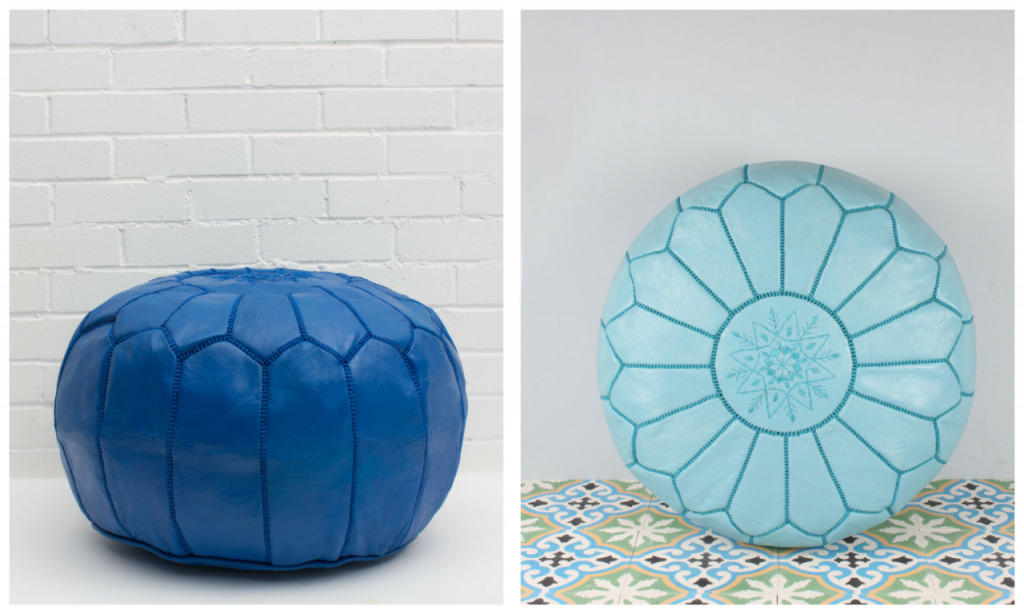
Moroccan leather pouffe in bright blue and duck egg at bohemia.
Let’s look at Scandinavian or Scandi design. The clue is in the name and it tells you exactly which countries are responsible for the design and/or the inspiration.
It’s not ever called anything else and I’ve never seen it put into a category with anything else European and given an umbrella title (I’m happy to be corrected here, so if you know different please let me know).
The point of this post is not to call out or point fingers at any retailers or producers, because I don’t think it’s an intentional thing per se, BUT it is lazy and it’s way past time to stop it.
The images I’ve used in this post are to show that it can be done, and really easily too. We don’t need chapter and verse about the origins of a product, but a nod to a country or place is easily done. Some companies are out there getting it right.
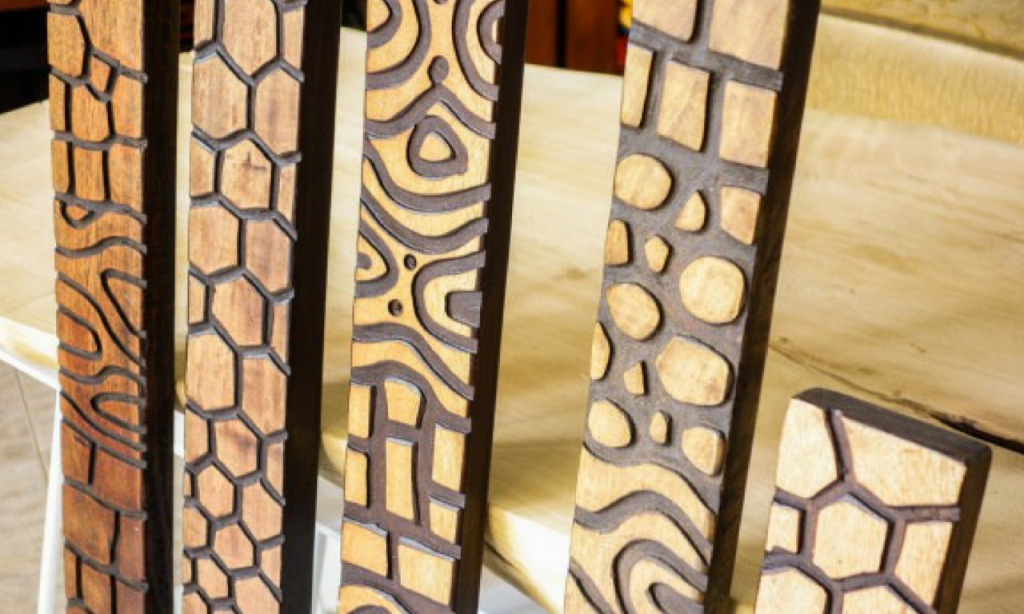
Decorative carved wood panels from Kenya.
Yes I’m aware that there are great injustices happening in the world right now, and in comparison this is minor. BUT if we don’t celebrate and honour the countries and communities that are inspiring beautiful products that we love – isn’t that a level of injustice too?
I said ‘we need to talk’ because I’m really interested to know what you guys think.

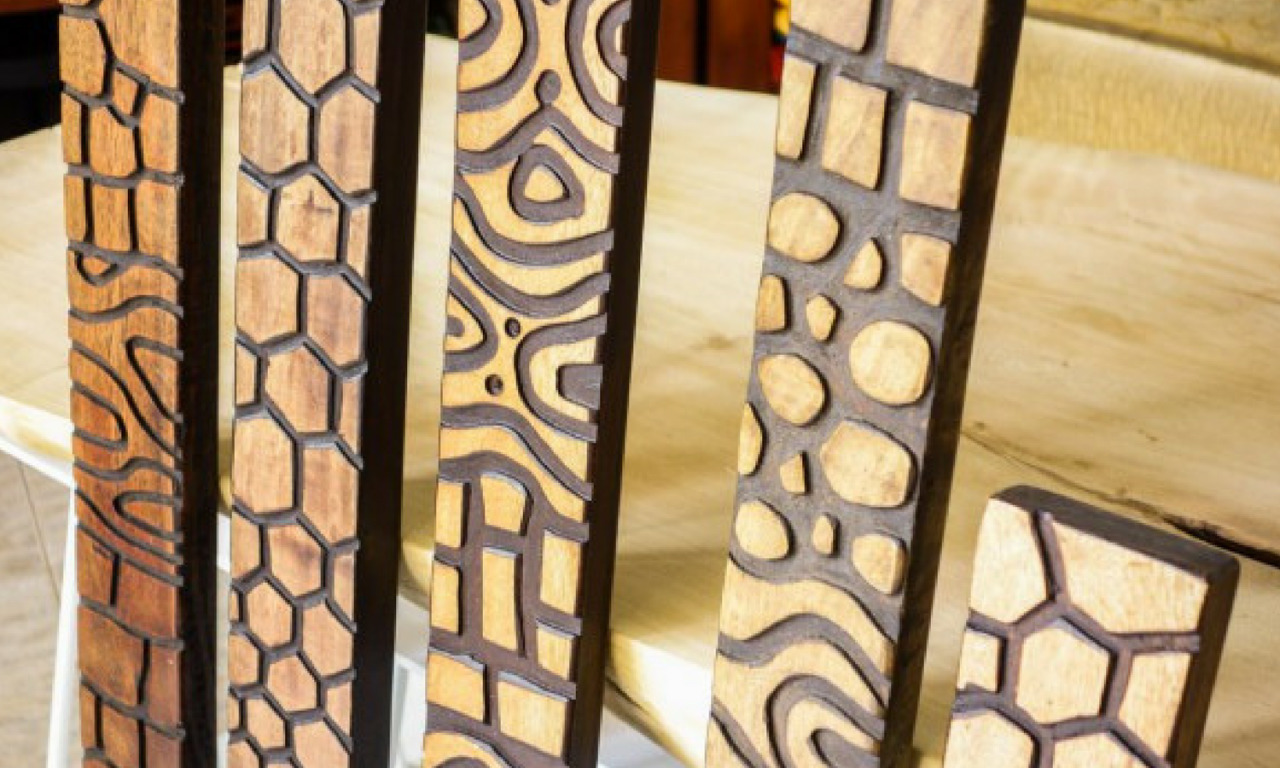



12 comments
Wholeheartedly agree, love this post. A simple nod to acknowledge where the inspiration was taken from would defo make me appreciate a certain item more. Not everything is tribal or ethnic!!
Hear hear!
I also can’t stand it when “tribal” or “ethnic” is used, but yet the design is just an animal print…
Oh lordy yes!
I think we now live in a world where detail is key. When you ask, is it ignorance or sheer indifference… I think it’s a bit of both! There is so much noise in this world that distinction is key, I certainly agree. Labelling something correctly does take a little extra time and thought but would certainly show a company’s integrity in being thoughtful/mindful of these things. It would also make the product stand out as being clearly defined rather than just following old trends and passing it off as what’s gone before.
I completely agree with you!
Totally agree Delali! Point well made!
Thanks Stacy, I’m glad my point came across properly :)
I couldn’t agree more Delali! Personally, I like to know the history of where a design piece comes from. I just spent the day looking at Native American artifacts (It was awesome!) I really liked that the museum would clarify which tribe a piece was from.
Comments are closed.